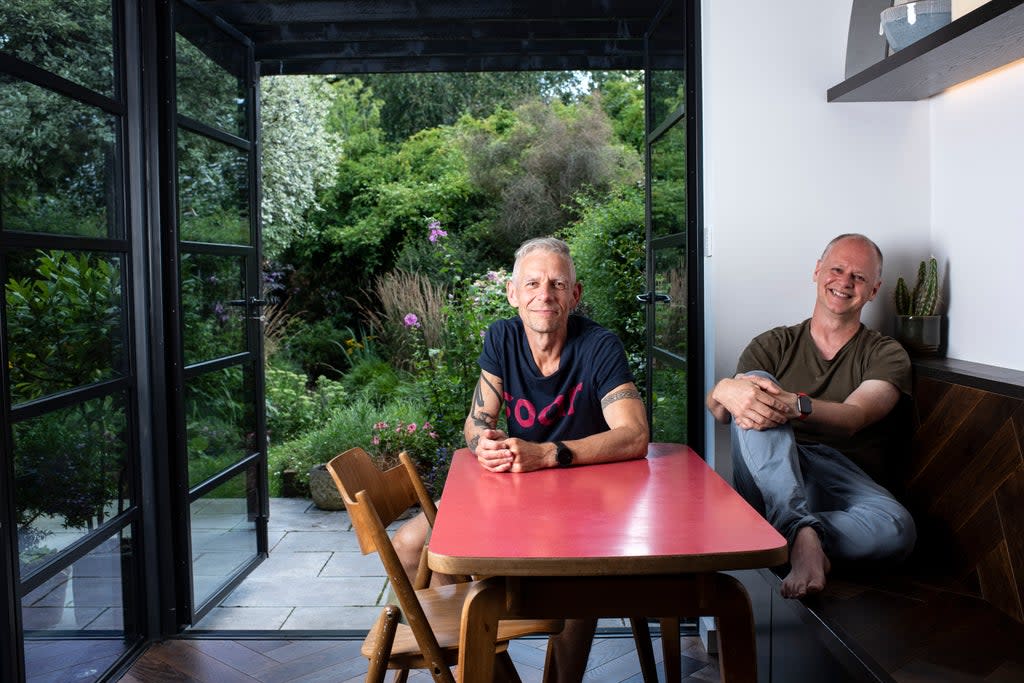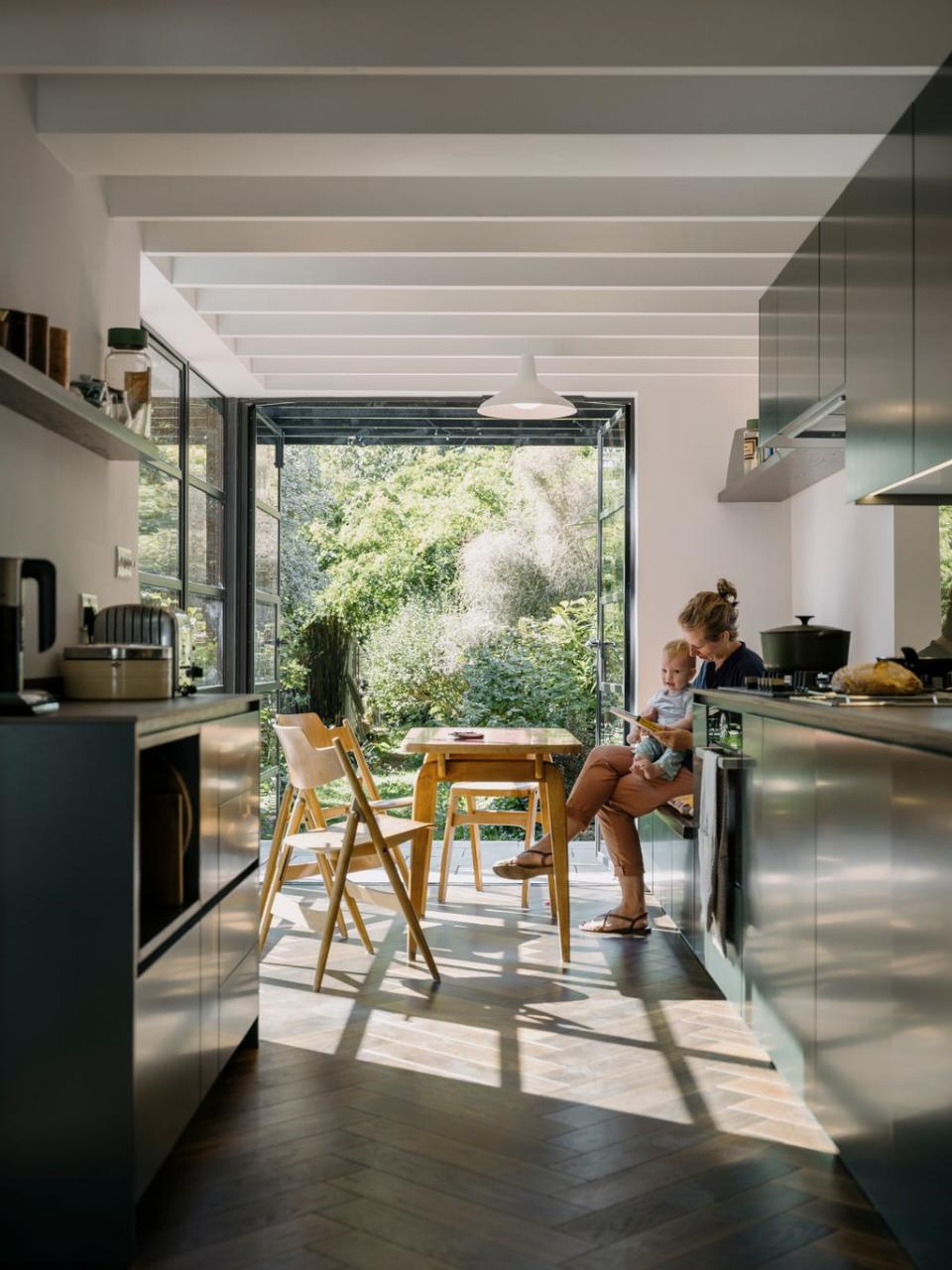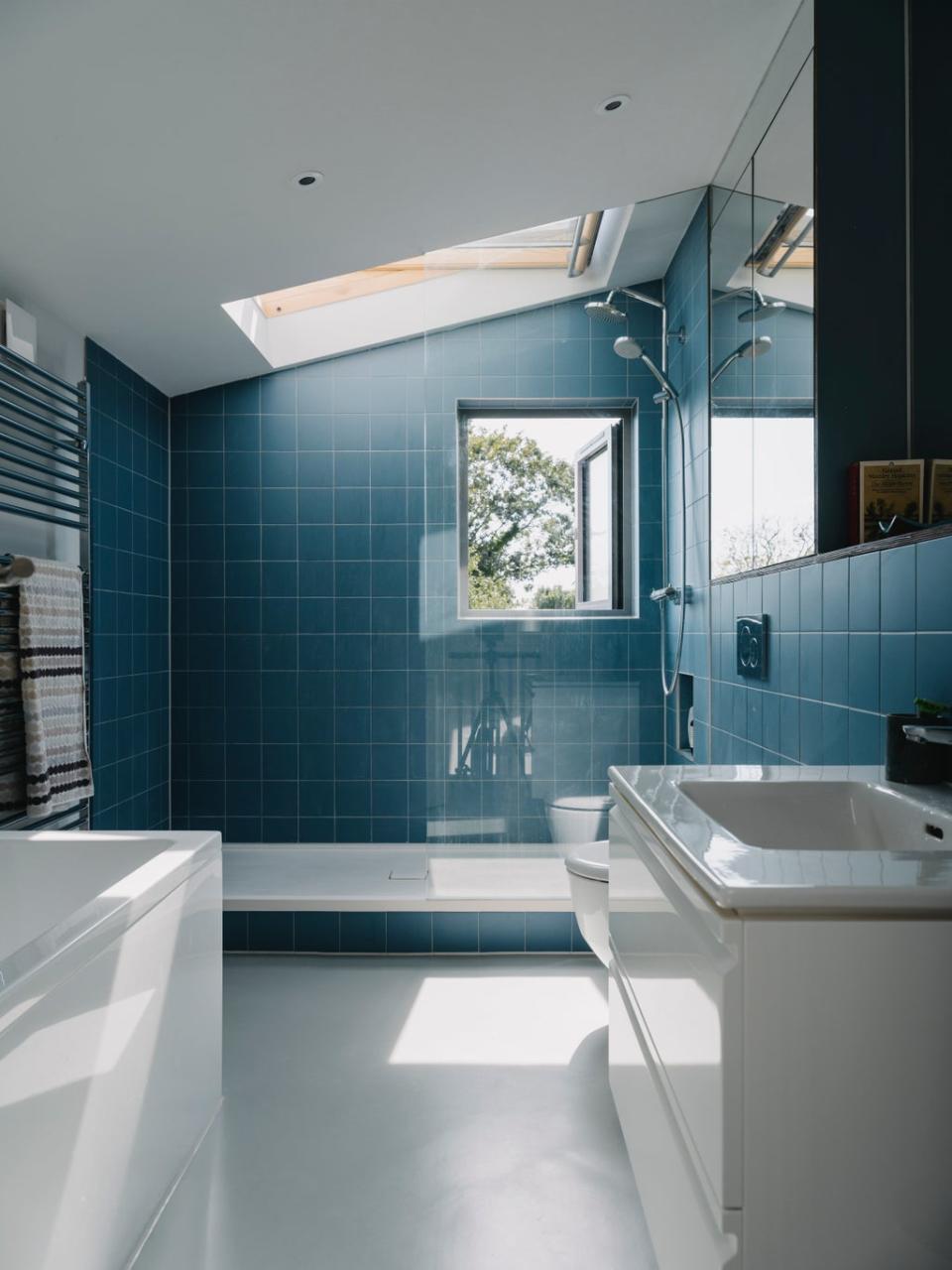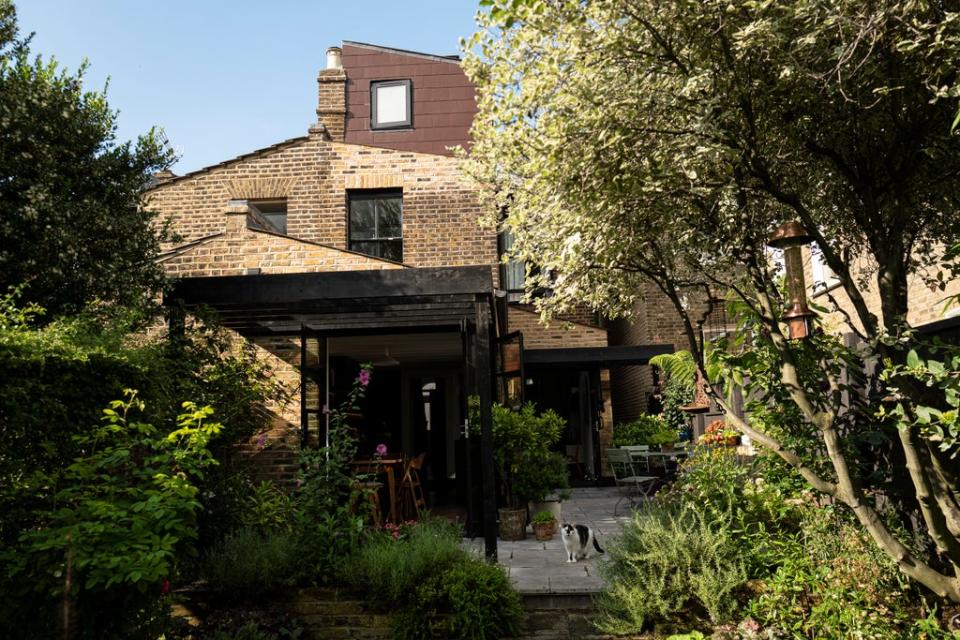A radical renovation: how one couple reconfigured their Leytonstone terrace house — without planning permission

We all have our little phobias, some odder than others. For some it is lachanophobia (fear of vegetables), for others, gamophobia (fear of marriage). And a collective hang-up afflicting British home-buyers seems to be a fear of houses with bathrooms — whisper it — next to kitchens.
It might seem illogical but our dislike of walking through the kitchen to take a shower is a thing. The prejudice is so prevalent that a recent study by insurer Direct Line found that houses in London with downstairs bathrooms are worth on average £27,000 less than those with an upstairs arrangement.
When one London couple bought a Victorian terrace with a fabulous garden but a problem layout they decided to take radical action.
“It was mainly me going on and on about how much I hated having the bathroom at the back of the kitchen that made us do something about it. It was disgusting, grim, and I couldn’t stand it,” says David Adger, a professor of linguistics at Queen Mary University of London. “It seems so unhygienic. I hated it.”
When he and Anson Mackay, professor of environmental change at University College London, bought the house they were not thinking about their bathing arrangements but about what lay beyond. “It was nothing special house-wise,” says Adger, 53. “But we really wanted some outside space and it had this incredible garden that just went on and on.”

They paid £385,000 for the three-bedroom semi in Leytonstone in 2008 and initially made some small changes like replacing its “ugly” gas fires with fireplaces and tearing up the retro crazy paving patio.
But they tolerated the bathroom situation until 2014 when Adger could stand it no longer. “We bought the house for its garden but with the bathroom at the back you couldn’t even see the garden from inside the house,” he says.
He and Mackay began trying to find a solution and in 2016 they found salvation in the form of Joanna Coleman, director of Mustard Architects, who suggested a way to solve all their problems without even needing to get planning permission. “Joanna came in and said that what we should do is extend the staircase and put a bathroom above the back bedroom,” says Mackay, 54. “It just seemed so obvious once she had said it.”

To make the very most of the garden they also decided to rethink the floorplan on the ground floor, extending the dining room further into the side return and the kitchen into the space formerly occupied by the bathroom. Three sets of metal-framed French doors now overlook the 100ft garden and lead out onto a wrap-around L-shaped terrace where they can eat and entertain friends. To make the most of the narrow kitchen its original ceiling has been removed and simple white-painted timber beams installed in the void space. These mirror the design of the pair of timber pergolas which have been built on the terrace for shade.
Work on the year-long project began in April 2018, they were able to move back in in July 2019 and were happily settled by the time the pandemic began.
Originally the couple had hoped to spend £150,000 on their project but, as is almost always the way, costs began to escalate as they discovered sections of disintegrating brickwork which needed to be replaced and other structural issues.

Disaster struck — and was quickly averted — when their builder made a mistake on the measurements for their dining room French doors which were too large for the space. The solution was to drop the floor to accommodate them, and the resulting step between the living room at the front of the house and the dining room at the back usefully delineates the two spaces. In the final analysis, the build itself cost £180,000, plus £15,000 in professional fees.
The kitchen added another £30,000 to the bill but it is a thing of low-key beauty with wood parquet floors and built in bench, simple cabinets painted with Farrow & Ball’s rich studio green, and a sage green glass splashback.
The worktop is made from “virtually indestructible” Dekton, a composite of porcelain, glass and quartz, and the sink is copper.
Upstairs the longed for new bathroom has sky blue tiles and a view of the moon from the skylight positioned above the walk-in shower. “I just love it,” says Adger.
Best of all, having a great view of their beautiful garden from the kitchen, living room and dining room — plus the ability to throw open the doors and let the outside in — has inspired them to spend much more time outdoors, even if summer 2021 hasn’t exactly been generous on the sunshine front.
“It has made a massive difference though,” says Mackay. “It is just so much more inviting to get outside whenever we can.”

 Yahoo News
Yahoo News 
